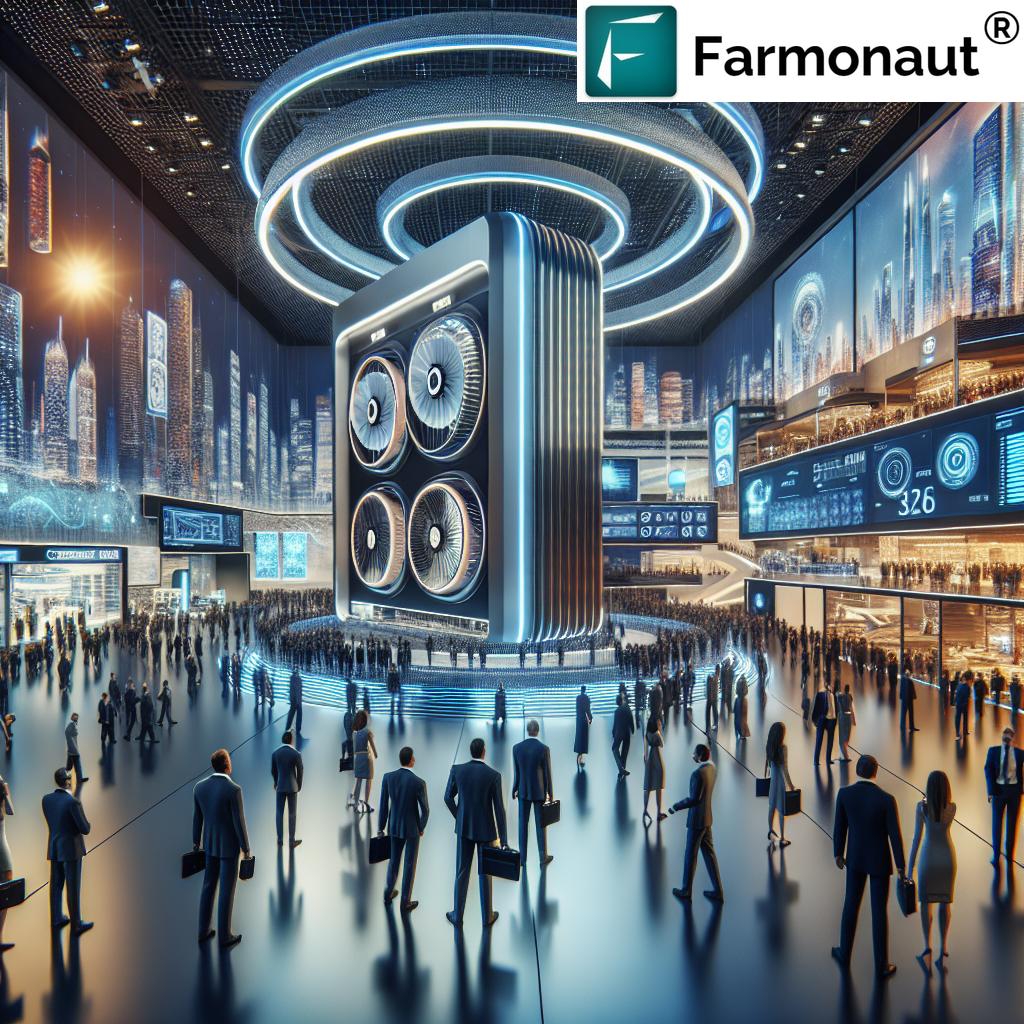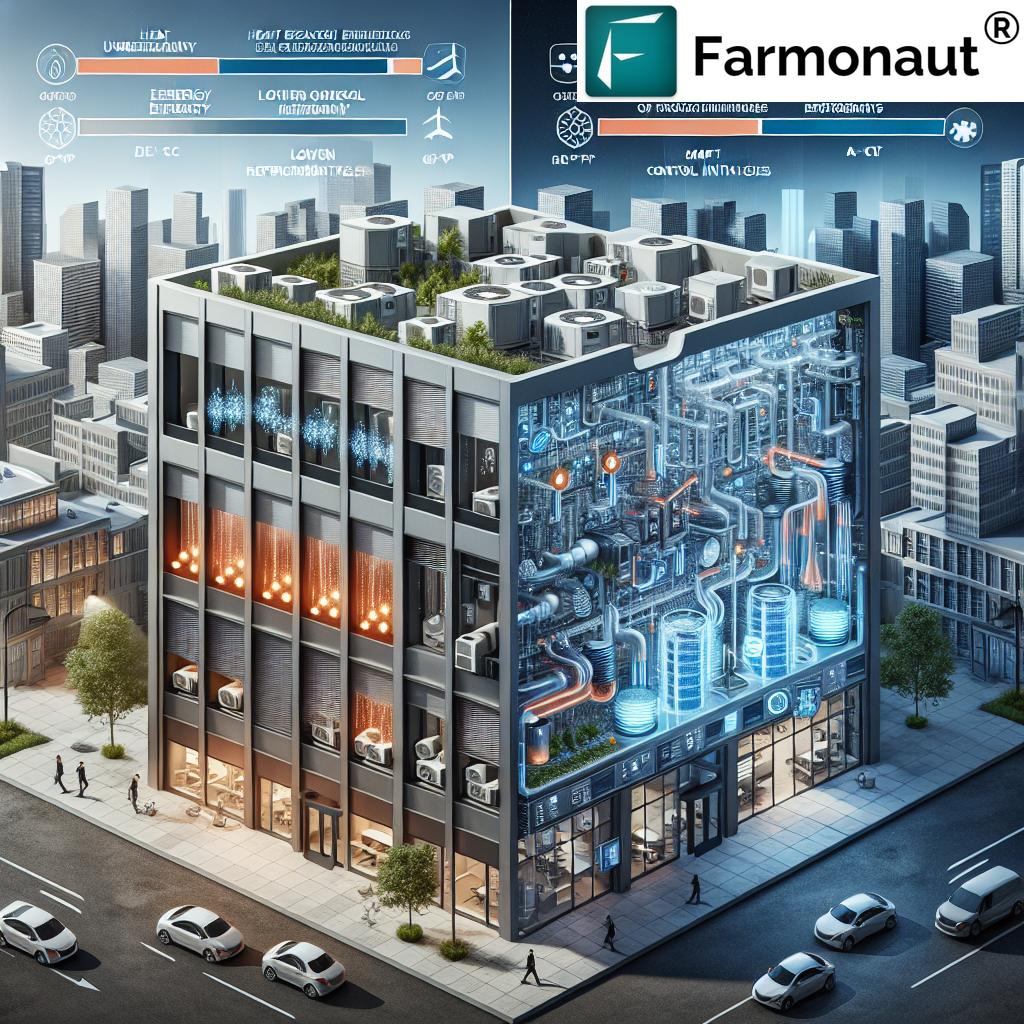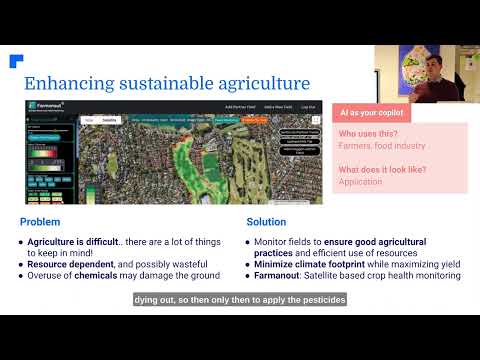Revolutionizing HVAC: Innovative Sustainable Solutions Unveiled at AHR 2025 in Orlando
“The 2025 AHR Expo in Orlando showcases innovative HVAC solutions from over 1,800 exhibitors across 500,000 square feet of space.”
As we step into the future of heating, ventilation, and air conditioning (HVAC), the 2025 AHR Expo in Orlando has become the epicenter of groundbreaking innovations and sustainable solutions. We’re excited to take you on a journey through the cutting-edge technologies and energy-efficient systems that are set to transform the industry. From commercial building technologies to residential comfort solutions, this year’s expo is a testament to the HVAC sector’s commitment to sustainability and advanced thermal management.
The Dawn of a New Era in HVAC Technology
The AHR Expo 2025 in Orlando marks a significant milestone in the evolution of HVAC systems. As climate change concerns grow and energy efficiency becomes paramount, the industry is responding with unprecedented innovations. We’re witnessing a surge in energy-efficient heat pumps, low GWP refrigerants, and intelligent HVAC control systems that promise to revolutionize how we approach climate control in both commercial and residential settings.

Midea Building Technologies: Pioneering Sustainable HVAC Solutions
At the forefront of this technological revolution is Midea Building Technologies (MBT), showcasing its commitment to innovation and sustainability. With over 20 years of industry experience, MBT has established itself as a leader in providing efficient commercial HVAC solutions. Let’s delve into some of their groundbreaking offerings:
Aqua Thermal Super Commercial ATW Heat Pump
This state-of-the-art system is a game-changer in the world of commercial HVAC. Featuring an advanced DC EVI Inverter compressor, it delivers:
- Superior energy efficiency
- Quick start-up capabilities
- Minimal operational interruptions
- Impressive supply water temperature range of 14-158°F
- 100% heating capacity retention at 32°F
- At least 56% capacity retention at 5°F
Moreover, the use of R32 refrigerant with low GWP demonstrates MBT’s commitment to reducing ozone depletion risks.
V6 Heat Recovery VRF System
This system showcases MBT’s technological prowess with its:
- Inverter-driven enhanced vapor injection compressor technology
- Optimal performance in extreme climates
- Specially engineered fan blade design for efficient airflow and noise reduction
- Capability to combine outdoor modules up to 42 tons
- Accommodation of up to 3,280 ft. of piping
These features make the V6 Heat Recovery VRF system an ideal choice for large-scale projects requiring flexibility and efficiency.
Innovative Residential Solutions for Enhanced Comfort
MBT’s commitment to innovation extends to the residential sector, with products designed to optimize home comfort:
M-Thermal Arctic ATW Heat Pump
- Exceptional operating temperature range: -13°F to 149°F
- Full capacity maintenance at 14°F ambient temperature
- Advanced DHW pump function for instant hot water availability
- Disinfection feature maintaining water temperatures between 140-160°F
ESG-INV Pool Heat Pump
- Multiple operating modes including boost heating/cooling
- No attenuation at 59°F compared with normal mode at 80.6°F
- Silent mode with noise levels lower than a mosquito’s flight
Atom X Series VRF System
- Wide operating temperature range: -22°F for heating to 125°F for cooling
- Eco-friendly operations with low GWP refrigerants
Atom T Mini VRF
- Reduces installation space requirements by up to 50%
- Innovative design and simplified piping requirements
“New HVAC technologies at AHR 2025 promise to reduce building energy consumption by up to 40% compared to traditional systems.”

Integrated Solutions for a More Sustainable Green Future
MBT’s technological leadership is reinforced by its extensive research and development infrastructure, including advanced laboratory groups and six R&D centers worldwide. The company’s global presence is supported by certifications from numerous international bodies and a comprehensive after-sales network spanning over 80 countries.
The energy storage thermal management solutions showcased at AHR 2025 demonstrate MBT’s commitment to sustainability, offering flexible options for various scenarios while ensuring reliable operation with high energy efficiency in challenging environments.
Comparative Analysis of Innovative HVAC Solutions
To better understand the advancements showcased at AHR 2025, let’s compare some of the key innovative HVAC solutions:
| Product Name | Type | Key Features | Energy Efficiency Rating | Suitable Climate | Sustainability Benefits |
|---|---|---|---|---|---|
| Aqua Thermal Super Commercial ATW Heat Pump | Heat Pump | DC EVI Inverter compressor, wide temperature range | Ultra-High | All climates | Low GWP refrigerant, high efficiency |
| V6 Heat Recovery VRF System | VRF System | Enhanced vapor injection, flexible modular design | Very High | Extreme climates | Efficient heat recovery, reduced energy waste |
| M-Thermal Arctic ATW Heat Pump | Heat Pump | Wide operating range, instant hot water | High | Cold climates | Efficient heating in low temperatures |
| ESG-INV Pool Heat Pump | Heat Pump | Multiple modes, silent operation | High | Temperate climates | Energy-efficient pool heating |
| Atom X Series VRF System | VRF System | Wide temperature range, eco-friendly refrigerants | Very High | All climates | Low GWP refrigerants, versatile operation |
This comparison highlights the diversity and advanced capabilities of the HVAC solutions presented at AHR 2025, showcasing the industry’s move towards more efficient, versatile, and sustainable systems.
The Future of HVAC: Trends and Predictions
As we look beyond AHR 2025, several trends are shaping the future of HVAC:
- AI and IoT Integration: Smart HVAC systems that learn and adapt to user preferences and environmental conditions.
- Renewable Energy Integration: HVAC systems designed to work seamlessly with solar and wind power sources.
- Advanced Heat Recovery: More efficient ways to capture and reuse waste heat in both residential and commercial settings.
- Ultra-Low GWP Refrigerants: Continued development of refrigerants with minimal environmental impact.
- 3D Printed Components: Custom, on-demand parts that could revolutionize HVAC manufacturing and repair.
The Role of Green Building Technologies in HVAC Innovation
Green building technologies are playing a crucial role in driving HVAC innovation. At AHR 2025, we’ve seen a strong emphasis on:
- Passive Design Integration: HVAC systems that work in harmony with building design to minimize energy consumption.
- Energy Recovery Ventilation (ERV): Advanced systems that pre-condition incoming air using exhaust air, significantly reducing HVAC load.
- Phase Change Materials (PCMs): Innovative materials that absorb and release heat, helping to stabilize indoor temperatures.
- Green Roofs and Walls: Integration of HVAC systems with living architecture to naturally cool buildings and improve air quality.
These green building technologies are not just add-ons but are becoming integral parts of comprehensive HVAC solutions, demonstrating the industry’s commitment to sustainability.
The Impact of VRF System Innovations
Variable Refrigerant Flow (VRF) systems have seen significant advancements, as showcased at AHR 2025:
- Enhanced Zoning Capabilities: More precise control over individual spaces, improving comfort and efficiency.
- Improved Heat Recovery: Advanced systems that can simultaneously heat and cool different zones, maximizing energy efficiency.
- Integration with Building Management Systems (BMS): Seamless connectivity for centralized control and monitoring.
- Compact Designs: Smaller outdoor units that are ideal for urban environments with limited space.
These innovations in VRF systems are making them an increasingly attractive option for both new constructions and retrofits, offering flexibility and efficiency that traditional HVAC systems can’t match.
The Importance of Intelligent HVAC Control Systems
Intelligent HVAC control systems are at the forefront of the industry’s push for greater efficiency and user comfort. Key features of these systems include:
- Predictive Maintenance: AI-driven systems that can predict and prevent equipment failures before they occur.
- Occupancy-Based Control: Systems that adjust heating and cooling based on real-time occupancy data.
- Weather-Responsive Operation: HVAC systems that adapt to current and forecasted weather conditions for optimal performance.
- Energy Use Optimization: Intelligent algorithms that balance comfort with energy efficiency, often integrating with smart grid systems.
These intelligent control systems are not just improving efficiency; they’re revolutionizing how we interact with our indoor environments, making buildings more responsive to our needs while minimizing energy waste.
Addressing Climate Change: HVAC’s Role in Reducing Carbon Emissions
The HVAC industry plays a crucial role in addressing climate change, and the innovations at AHR 2025 reflect this responsibility:
- High-Efficiency Systems: New HVAC technologies that significantly reduce energy consumption and associated carbon emissions.
- Natural and Low-GWP Refrigerants: A shift towards refrigerants with minimal impact on global warming.
- Renewable Energy Integration: HVAC systems designed to work efficiently with solar, wind, and geothermal energy sources.
- Heat Recovery and Reuse: Advanced systems that capture and repurpose waste heat, reducing overall energy demand.
- Smart Grid Integration: HVAC systems that can respond to grid demands, helping to balance load and integrate more renewable energy into the power mix.
These advancements demonstrate the HVAC industry’s commitment to being part of the solution to climate change, reducing the carbon footprint of buildings while maintaining or improving comfort levels.
FAQs About Innovative HVAC Solutions
- What are the main benefits of the new HVAC technologies showcased at AHR 2025?
The main benefits include increased energy efficiency, improved comfort control, reduced environmental impact, and better integration with smart building systems. - How do energy-efficient heat pumps contribute to sustainability?
Energy-efficient heat pumps reduce electricity consumption, lower carbon emissions, and can often operate effectively in a wider range of temperatures compared to traditional systems. - What is a VRF system and why is it considered innovative?
VRF (Variable Refrigerant Flow) systems allow for simultaneous heating and cooling in different zones of a building, offering precise temperature control and high energy efficiency. - How do low GWP refrigerants benefit the environment?
Low Global Warming Potential (GWP) refrigerants have a reduced impact on global warming compared to traditional refrigerants, helping to mitigate climate change. - What role does AI play in modern HVAC systems?
AI in HVAC systems can predict maintenance needs, optimize energy use, and adapt to user preferences, leading to improved efficiency and comfort.
Conclusion: A Sustainable Future for HVAC
The innovations showcased at AHR 2025 in Orlando mark a significant leap forward in HVAC technology. From energy-efficient heat pumps to advanced VRF systems and intelligent controls, the industry is clearly focused on creating more sustainable, efficient, and user-friendly solutions. As we move forward, these technologies will play a crucial role in reducing the environmental impact of buildings while enhancing comfort and productivity for occupants.
The future of HVAC is not just about cooling and heating; it’s about creating intelligent, responsive environments that adapt to our needs while minimizing energy use. With continued innovation and a commitment to sustainability, the HVAC industry is well-positioned to make a significant contribution to our efforts to combat climate change and create more sustainable built environments.
As we’ve seen at AHR 2025, the path to this future is already being paved with groundbreaking technologies and innovative approaches. It’s an exciting time for the HVAC industry, and we look forward to seeing how these innovations will shape our world in the years to come.
Earn With Farmonaut: Affiliate Program
Earn 20% recurring commission with Farmonaut’s affiliate program by sharing your promo code and helping farmers save 10%. Onboard 10 Elite farmers monthly to earn a minimum of $148,000 annually—start now and grow your income!
API Developer Docs: Farmonaut API Documentation







